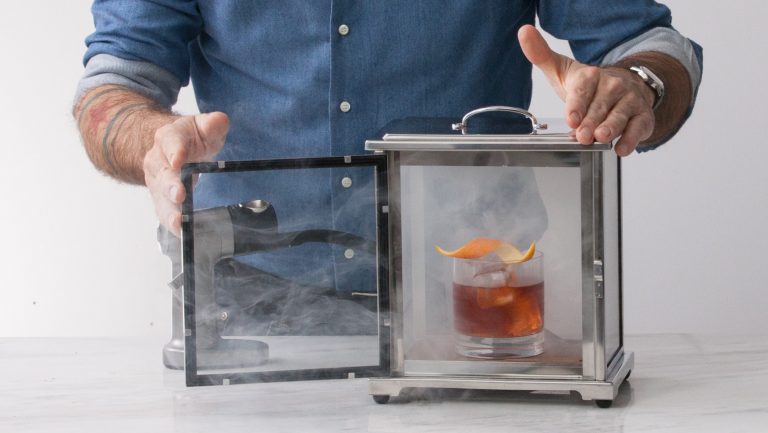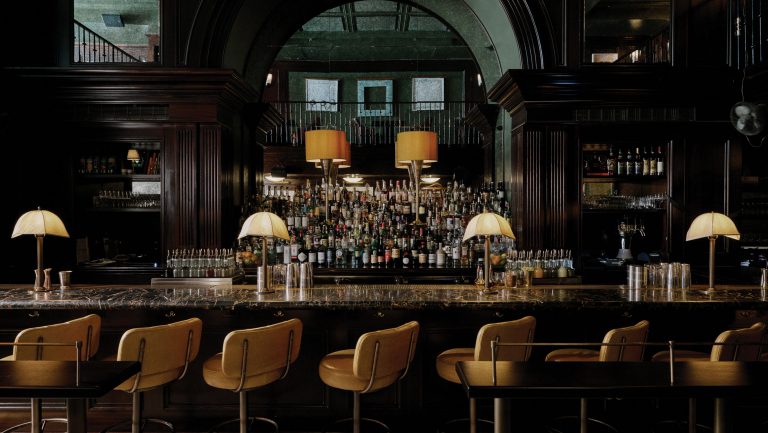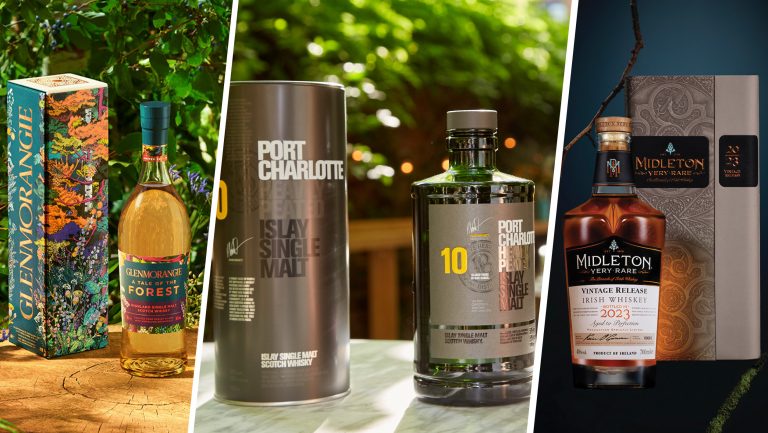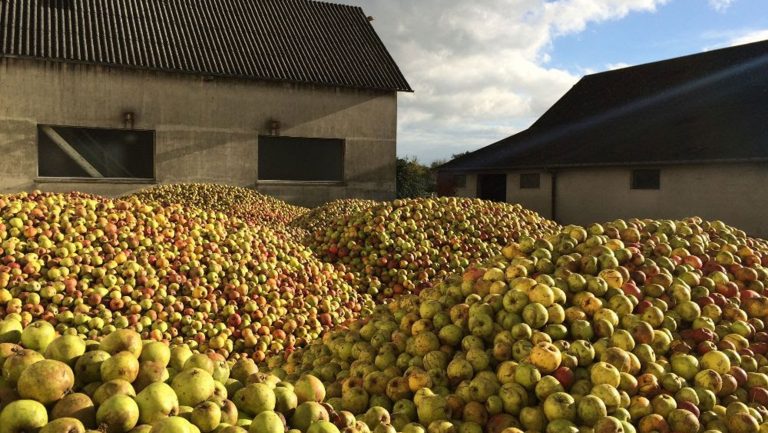The bar world has come a long way from the days of industrially produced cocktail spoons with red plastic tips and cheap shaking tins that fused together when shaken with ice. Now the environmental impact of barware is being debated, glassware is catching up to pop culture, bar tools are being influenced by historical antecedents, premium bar tools are everywhere (as are signature lines from bartenders), and the technique of smoking drinks is becoming available to laypeople. As Gary McIntire, the owner of Collins & Coupe in San Diego, says, this is a time of increasing “competition … better-variety tools, and better-quality tools.”
SevenFifty Daily spoke with barware manufacturers and retailers around the country about the products that operators and consumers are buying—and what those products might suggest about trends to come. Here are six of their predictions.
1. The Straw Revolution
According to Charles Joly, a world-champion bartender and partner in Fortessa’s Crafthouse line of tools, “Straws are big news.” With increasing environmental awareness in the bar industry, and given that some cities have outlawed disposable straws altogether, Joly is “seeing Hay Straws in more and more places, and a glut of metal, glass, foldable, and acrylic options.”

Don’t miss the latest drinks industry news and insights. Sign up for our award-winning newsletters and get insider intel, resources, and trends delivered to your inbox every week.
2. Tiki and Novelty Glassware
Not only are straws changing—glassware is, too. McIntire says that there’s been an “uptick in the tiki movement” and that consumers are now making more tiki drinks at home, reflecting the broader popularity of tiki cocktails and tiki bars. But the new glassware is not focused on traditional Polynesian themes. Novelty mugs with less traditional motifs—pop culture, animals—and themed glassware are mimicking the look of tiki mugs.
Vicky Suto, the e-commerce manager for KegWorks in Buffalo, New York, agrees. She sees tiki-styled glassware such as Shark mugs continuing to sell but expects that colored glassware and midcentury glassware, especially from the 1960s and ’70s, will return. According to Suto, “Colored and midcentury glassware really evoke a sense of nostalgia, appealing to consumers and operators who are going for a retro or antique aesthetic.” But she admits that the attraction may be as simple as “Everyone wants to try the drink in the fun glass.”
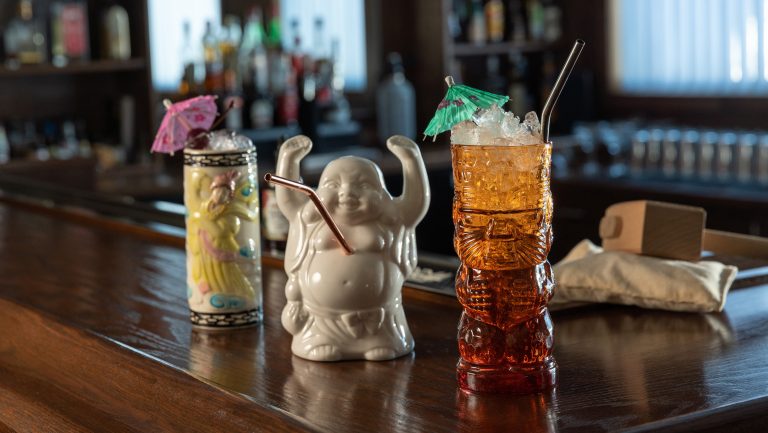
3. Vintage-Inspired Barware
The rise of classic cocktails over the last 20 years has done little to bring back extinct barware until now. Greg Boehm, the owner of Cocktail Kingdom, a barware manufacturer and distributor in New York City, is working with drinks writer and historian David Wondrich, and drawing from his own collection, to re-create items such as stepped jiggers (also known as Napier jiggers), punch bowls, and the Volney shaker. These days, says Boehm, more “bars are using historically based barware.” A number of tools that had been relegated to the curio cabinets of antique shops are now being used again.
4. Premium Barware
Along with the growth of classic barware is a trend toward premium barware. Boehm says he believes that this category, which includes tools made with better materials and more stylish designs, is on the rise. While stainless steel tools remain the breadwinners for Boehm, he has seen copper-plated tools selling well, as well as those that have matte black, silver-plated, and gold-plated finishes.
Boehm’s signature Yarai mixing glass, which has become an essential tool for craft bartenders, is now in competition with newer, premium mixing glasses, also made by Boehm. Working with bartender Nico de Soto, Boehm created the Mixtin, a metal-finish stirring tin engraved either with pandan leaves or cherry blossoms to help meet the demand of operators seeking other types of premium mixing vessels.
5. Personalized Collections
De Soto’s collaboration with Boehm also highlights the growing popularity of personalized collections from top-tier bartenders and drinks experts. Cocktail Kingdom started its series of such collections with Jeff “Beachbum” Berry’s line of tiki-related barware and has since added Dale DeGroff, Gaz Regan, Robert Simonson, and Jeffrey Morgenthaler as collaborators. Boehm expects to include even more in the future.
The advantage of these custom collections for the trade is that bartenders and other drinks experts may add features that industrial designers or even well-meaning producers may overlook. For example, in creating the Crafthouse barware series, Joly worked with Fortessa to add small touches that he says only a bartender would notice. These details include the stop-tabs on the Hawthorne strainer—“simple metal turndowns,” Joly says, “that prevent the strainer from sliding forward and closing the gate when pouring a cocktail. I saw so many professionals spilling cocktails [when this happened] that I wanted to add it in.”
6. Smoked Cocktails
Though there is much innovation in personalized collections, McIntire says that “tools trend along with what people are drinking.” And one trend that has spread over the past few years is the use of smoke in cocktails.
Joly created a smoking box for Fortessa that not only allows bartenders to smoke drinks but can also be used in people’s homes. Suto says she’s seen the boxes moving on the KegWorks website, but primarily for professional use. McIntire thinks this leaves the market open for producers who want to make less expensive products for smoking cocktails, such as wood planks with grooves cut into them for the glass to fit over burning herbs or wood chips, and capture the smoke.

Dispatch
Sign up for our award-winning newsletter
Don’t miss the latest drinks industry news and insights—delivered to your inbox every week.
Derek Brown is an expert on spirits and cocktails who is based in Washington, D.C. He is the author of Spirits, Sugar, Water, Bitters: How the Cocktail Conquered the World. Follow him on Twitter and Instagram @ideasimprove.

